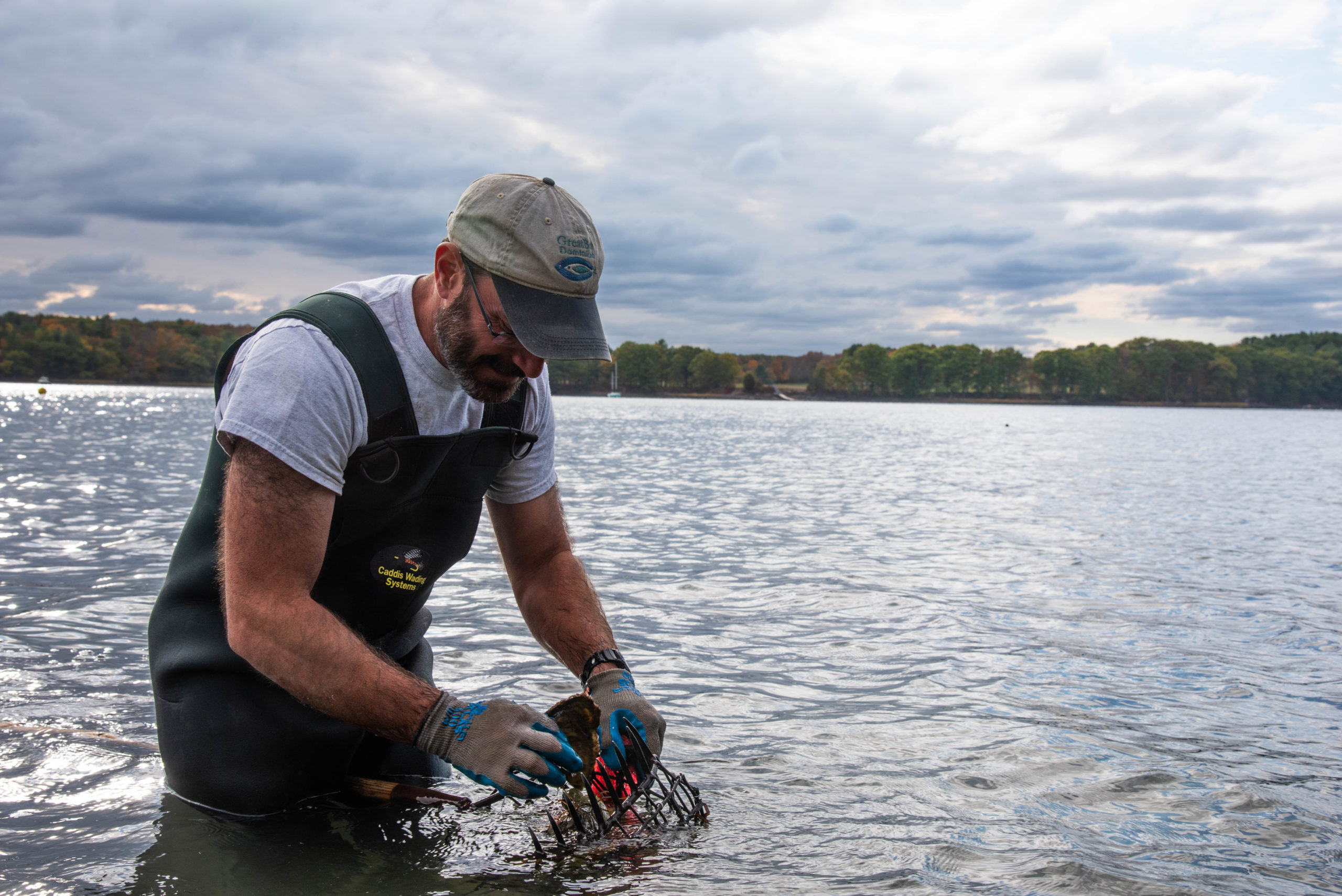Meeting
the
Need
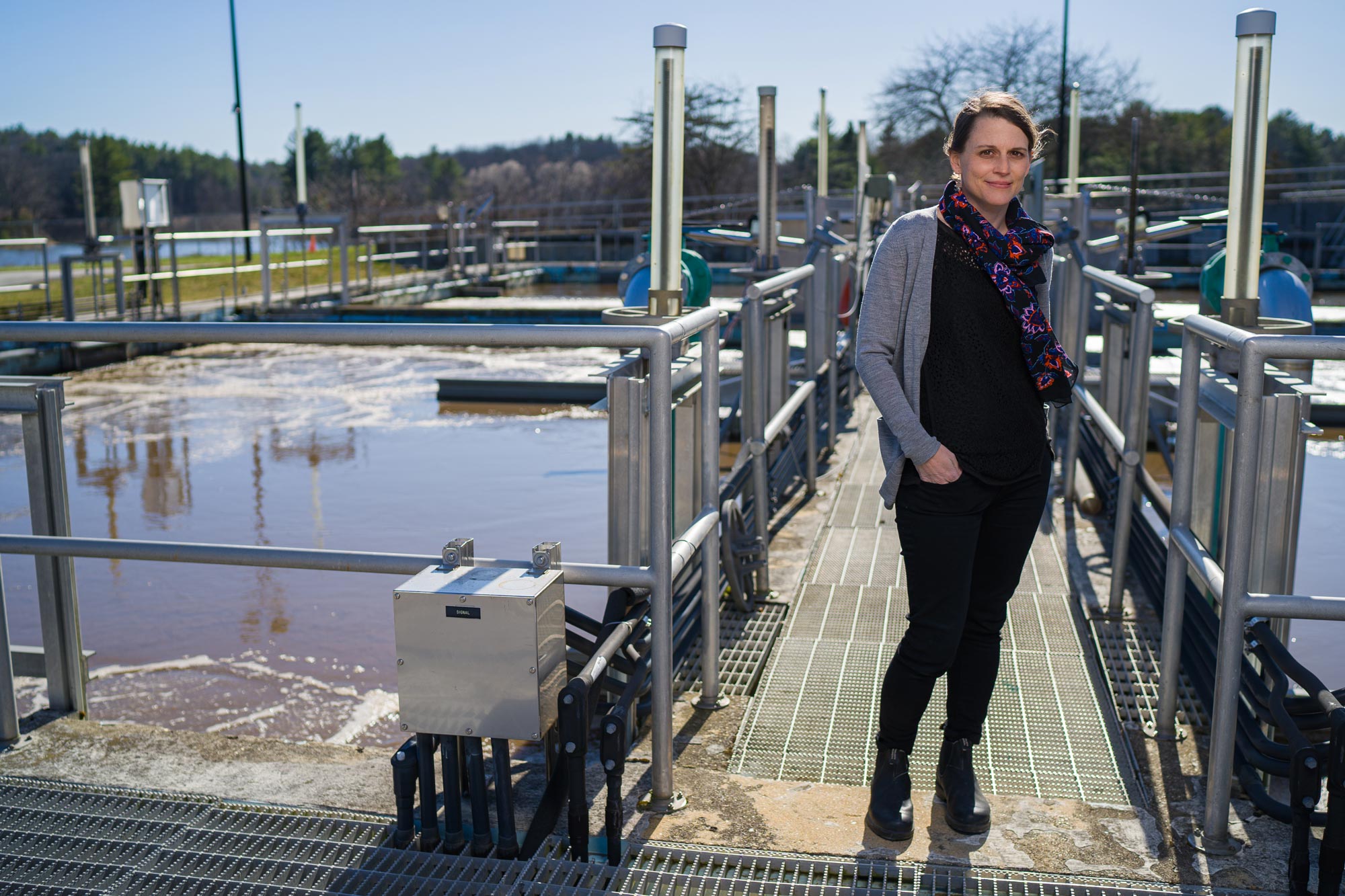
Photo by Jeremy Gasowski
Comparing viral biomarkers found in wastewater to known positive cases confirmed by UNH’s twice-weekly testing, the research, with seed funding from UNH’s Collaborative Research Excellence initiative (CoRE), demonstrated the power of wastewater monitoring to detect presence of the virus ahead of individual testing data. In Durham, a town of 14,000 people living in apartments and private homes, presence of biomarkers in wastewater jumped following known community gathering events: Halloween, winter holidays and the Super Bowl. At several long-term care facilities that contracted privately with Mouser’s lab, the viral signal dropped as vaccinations rose. “That’s been really exciting to see in these facility sewersheds,” she says.
And in Plymouth, home to Plymouth State University, the team’s extensive wastewater surveillance was a sole sentinel in COVID detection. “Since there wasn’t a lot of individual testing going on in that community, they were really tracking the viral levels in the wastewater as an indicator for community infection,” Mouser says.
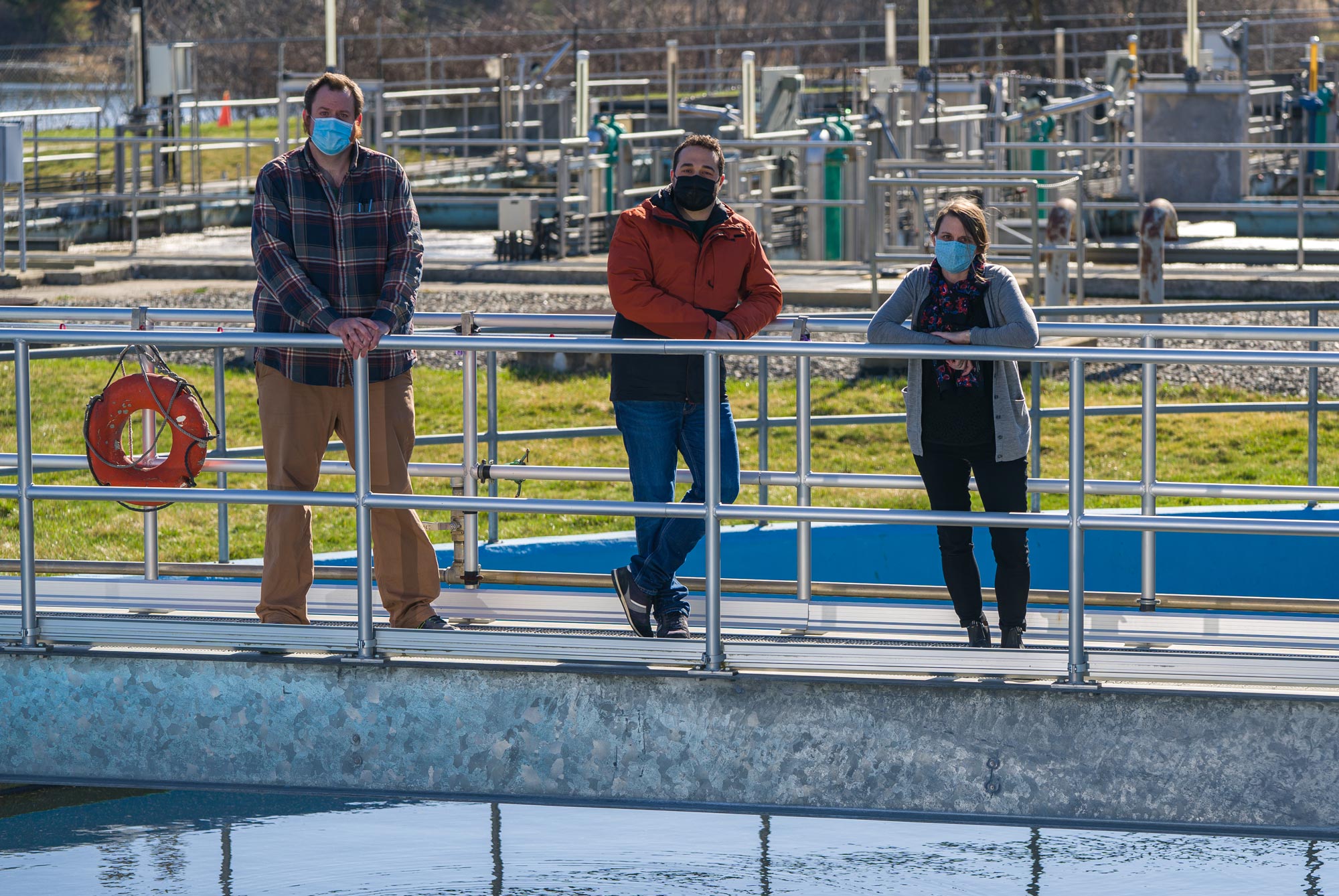
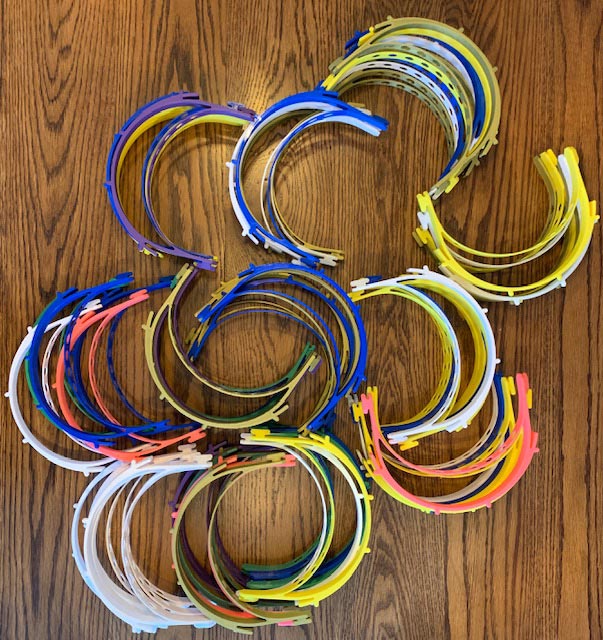
The PPE shortage brought new attention and urgency to professor of civil and environmental engineering Jim Malley and the decades of research his “MalleyCATS” lab had conducted on UV light disinfection. Also funded by CoRE, Malley worked with medical professionals from across the country to help them harness UV light to disinfect and reuse scarce items like N95 masks.
“In a perfect world, masks should be worn once and discarded,” says Malley. “But in a pandemic, with all the supply shortages and strains on healthcare system infection control practices, disinfection practices like ultraviolet light offers an alternative disinfectant option for PPE, allowing them to be reused several times.” In response to this need, Malley and his team tested 16 commercial UV disinfection devices to find ways to improve on their performance and advised healthcare workers on how to achieve the maximum performance and public health protection from them.
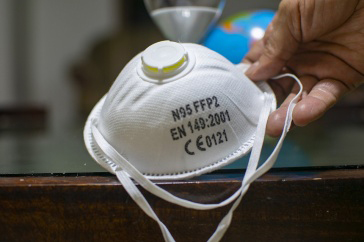
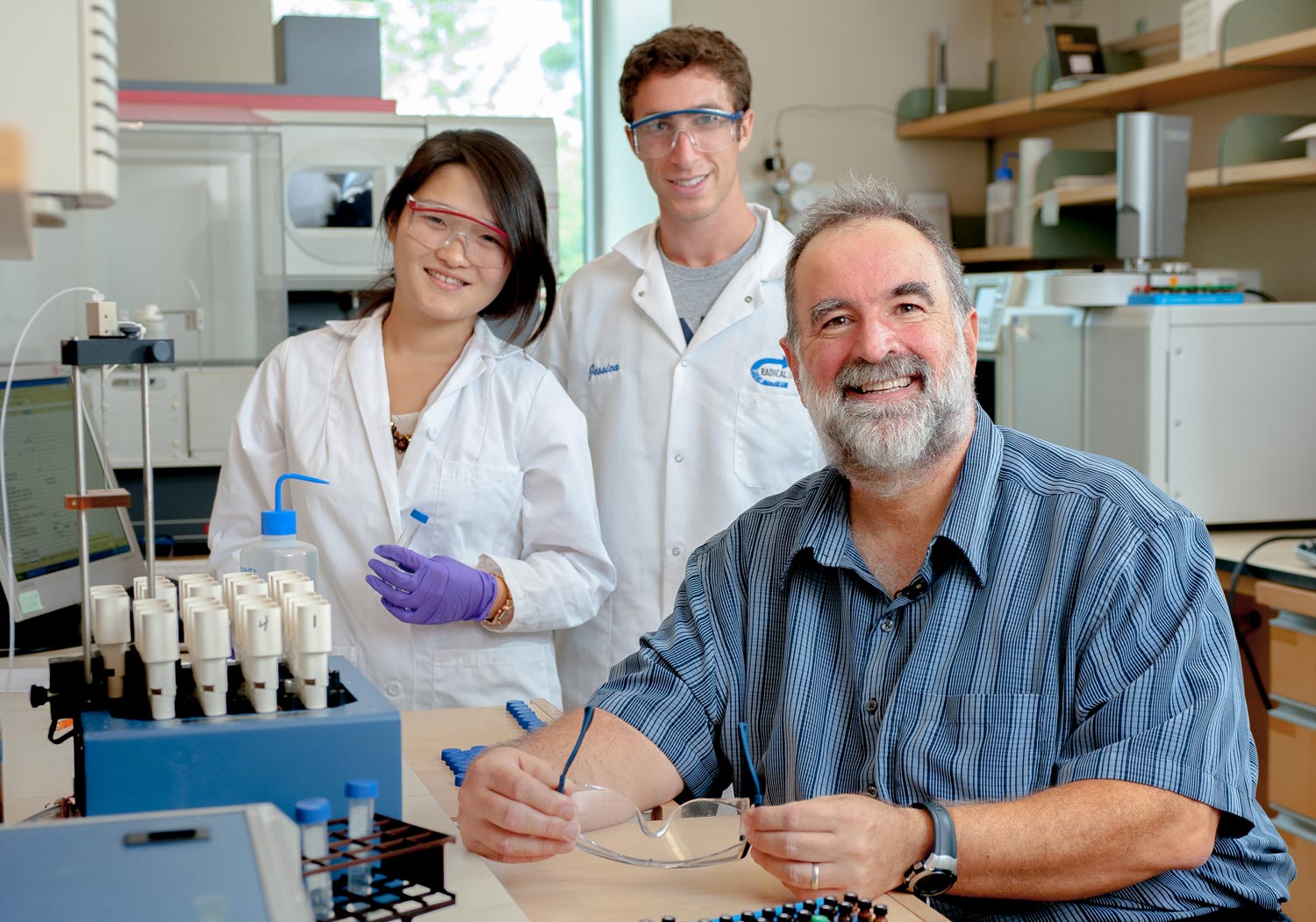
“About 90% of our sales are to restaurants,” says Great Bay oyster farmer Brian Gennaco, founder of Virgin Oyster Company. “So when COVID started shutting down restaurants, we instantly saw … oysters not being sold.” Gennaco’s oyster farm is one of nine that received financial relief through Sea Grant to redeploy those overgrown oysters — too large for profitable sales — to reefs that help researchers better support New Hampshire’s $3.2 million oyster aquaculture industry.
The restoration reefs are a boon to science, too, says Jones. “Now we have nine different sites with varying conditions where we can look at how well the oysters survive and grow and what ecological impact they’re having.”
